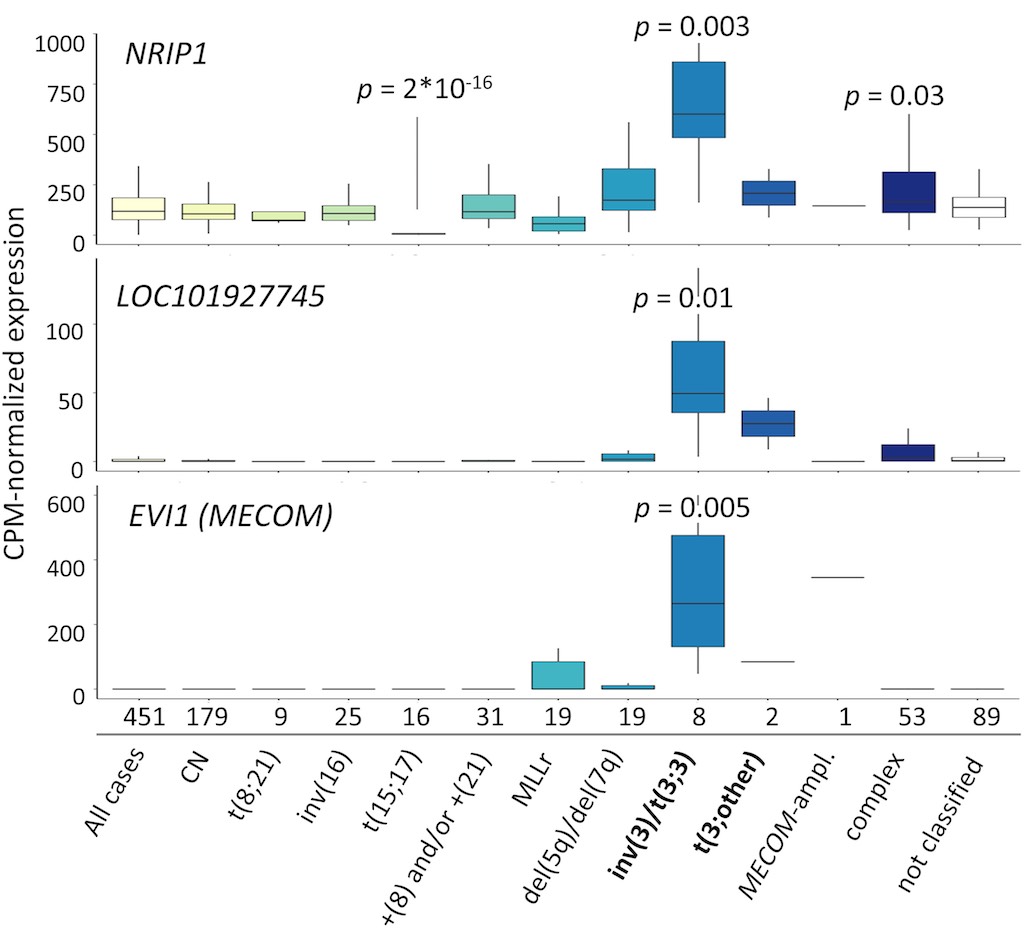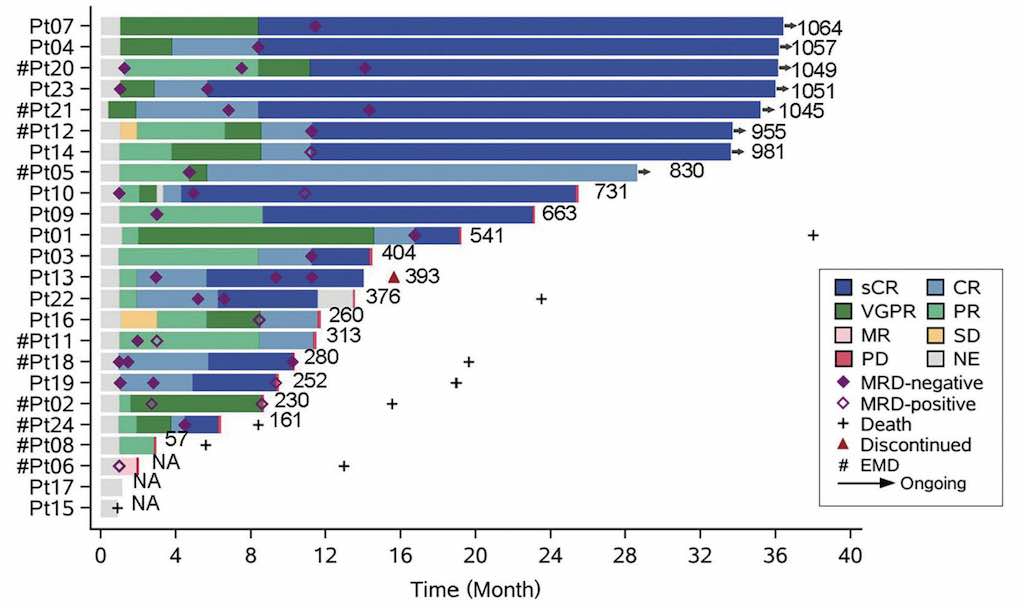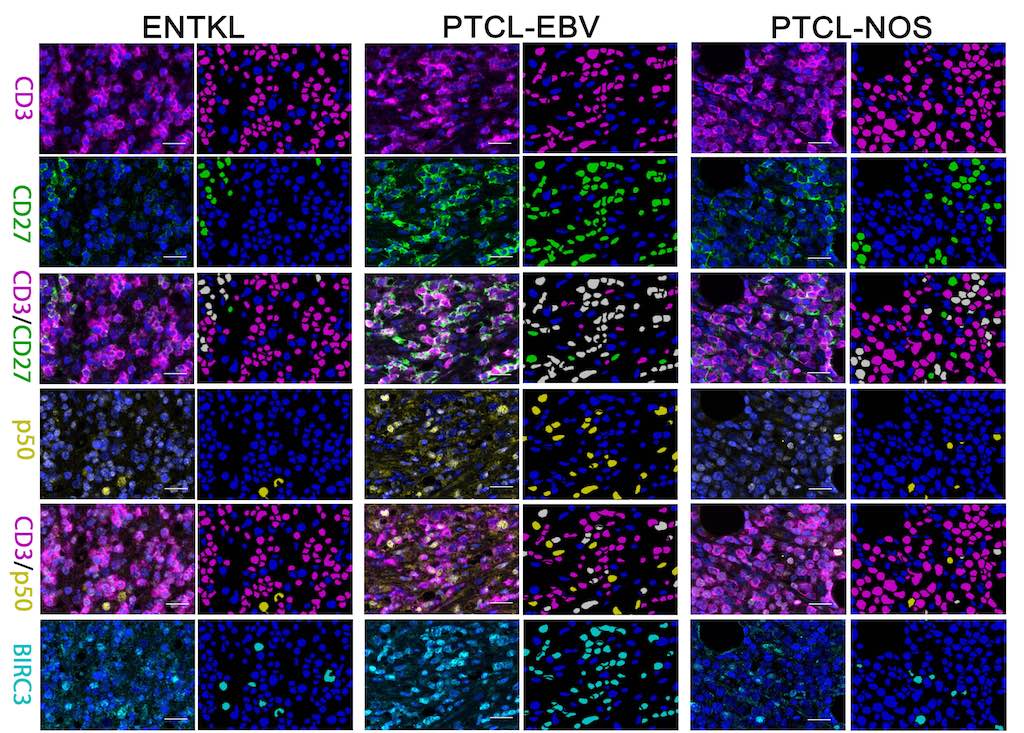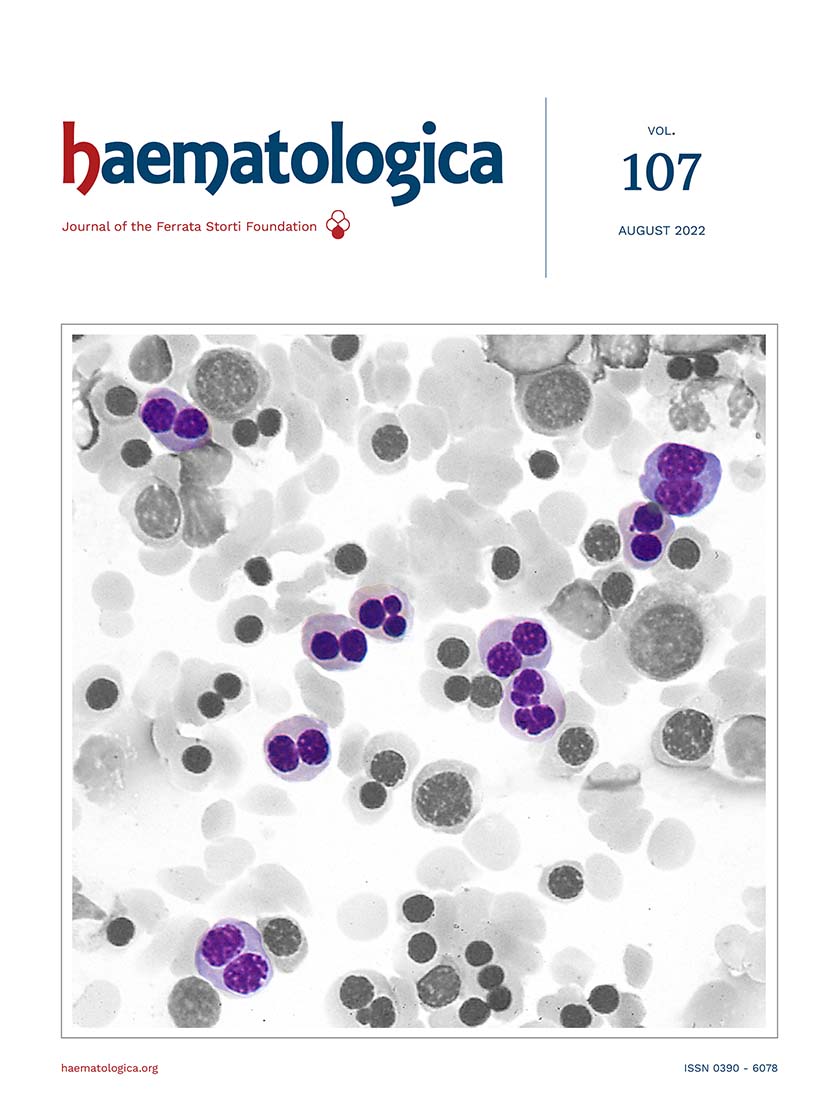ISSUE
August, 2022
No. 107 (8)
2023 CiteScore: 14.1
2023 Impact Factor: 8.2
EDITOR'S PICKS
ARTICLES IN THREE SENTENCES

Article
The retinoic acid receptor co-factor NRIP1 is uniquely upregulated and represents a therapeutic target in acute myeloid leukemia with chromosome 3q rearrangements
Ectopic activation of the EVI1 gene, located in the MDS1 And EVI1 Complex Locus (MECOM) on chromosomal band 3q26.2, is associated with a dismal outcome in patients with acute myeloid leukemia (AML) or myelodysplastic syndrome. In studying transcriptomes from AML patients with chromosome 3q rearrangements, Grasedieck et al. identified significant upregulation of the Nuclear Receptor Interacting Protein 1 (NRIP1) as well as its adjacent non-coding RNA LOC101927745. They showed that NRIP1 knockdown negatively affects the proliferation and survival of 3q-rearranged AML cells and increases their sensitivity to all-trans retinoic acid, suggesting that NRIP1 is relevant for the pathogenesis of inv(3)/t(3;3) AML and could serve as a novel therapeutic target in myeloid malignancies with 3q abnormalities.

Letter
A novel BCMA CAR-T-cell therapy with optimized human scFv for treatment of relapsed/refractory multiple myeloma: results from phase I clinical trials
Chimeric antigen receptor (CAR) T cells targeting B-cell maturation antigen (BCMA) demonstrate appealing antitumor activity in patients with relapsed/refractory multiple myeloma (RRMM), but toxicity and short-term efficacy limit their clinical usage. In order to improve safety, overcome limited efficacy, and reduce immunogenicity from non-human-derived components, Yang et al. developed autologous CAR-BCMA T cells (CT053) expressing the fully-human BCMA-specific scFv (25C2). Their study demonstrated that CT053 had strong efficacy and a good safety profile when administered to RRMM patients.

Article
Syntaxin 5 determines Weibel-Palade body size and von Willebrand factor secretion by controlling Golgi architecture
von Willebrand factor (VWF) is a multimeric hemostatic protein primarily synthesized in endothelial cells and is stored in endothelial storage organelles, the Weibel-Palade bodies (WPB). To elucidate novel determinants of WPB morphology, Kat et al. explored endothelial SEC22B interaction partners in a mass spectrometry-based approach identifying the Golgi SNARE Syntaxin 5 (STX5). They showed that STX5-depleted endothelial cells exhibited extensive Golgi fragmentation and decreased WPB length, which was associated with reduced intracellular VWF levels, and impaired stimulated VWF secretion.

Article
Immune pathway upregulation and lower genomic instability distinguish EBV-positive nodal T/NK-cell lymphoma from ENKTL and PTCL-NOS
Primary Epstein-Barr virus (EBV)-positive nodal T/NK-cell lymphoma (PTCL-EBV) shows features resembling extranodal NK/T-cell lymphoma (ENKTL) and is categorized as a variant of primary T-cell lymphoma not otherwise specified (PTCL-NOS). Wai et al. analyzed copy-number aberrations and performed gene expression and EBV miRNA expression profiling as well as targeted mutational analysis to further characterize PTCL-EBV in relation to ENKTL and PTCL-NOS. Overall, poor outcome, low genomic instability, upregulation of immune pathways and downregulation of EBV miRNA are distinctive features of PTCL-EBV, supporting the consideration of PTCL-EBV as a distinct entity in the World Health Organization classification.
TAKE ADVANTAGE FROM HAEMATOLOGICA





